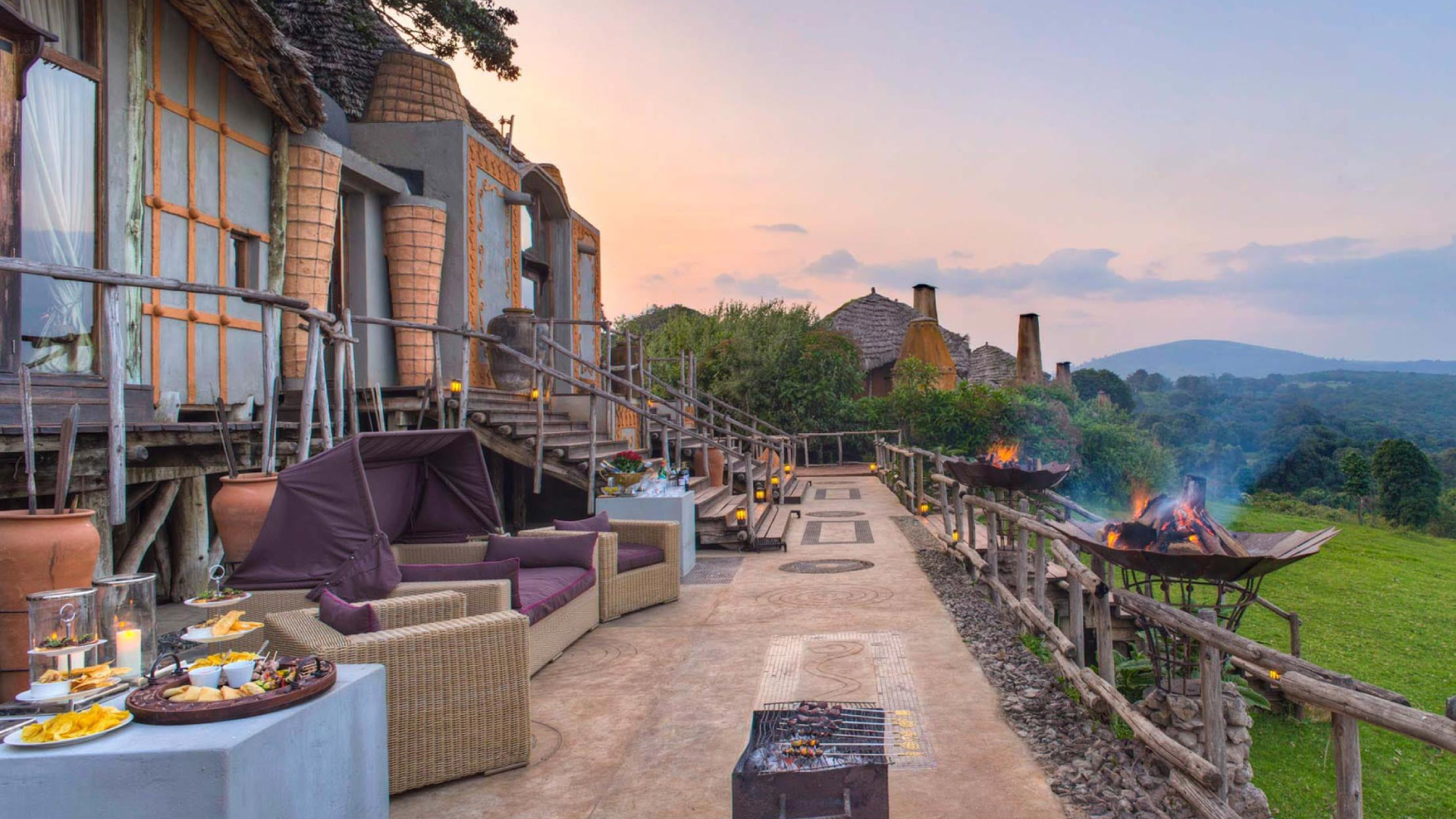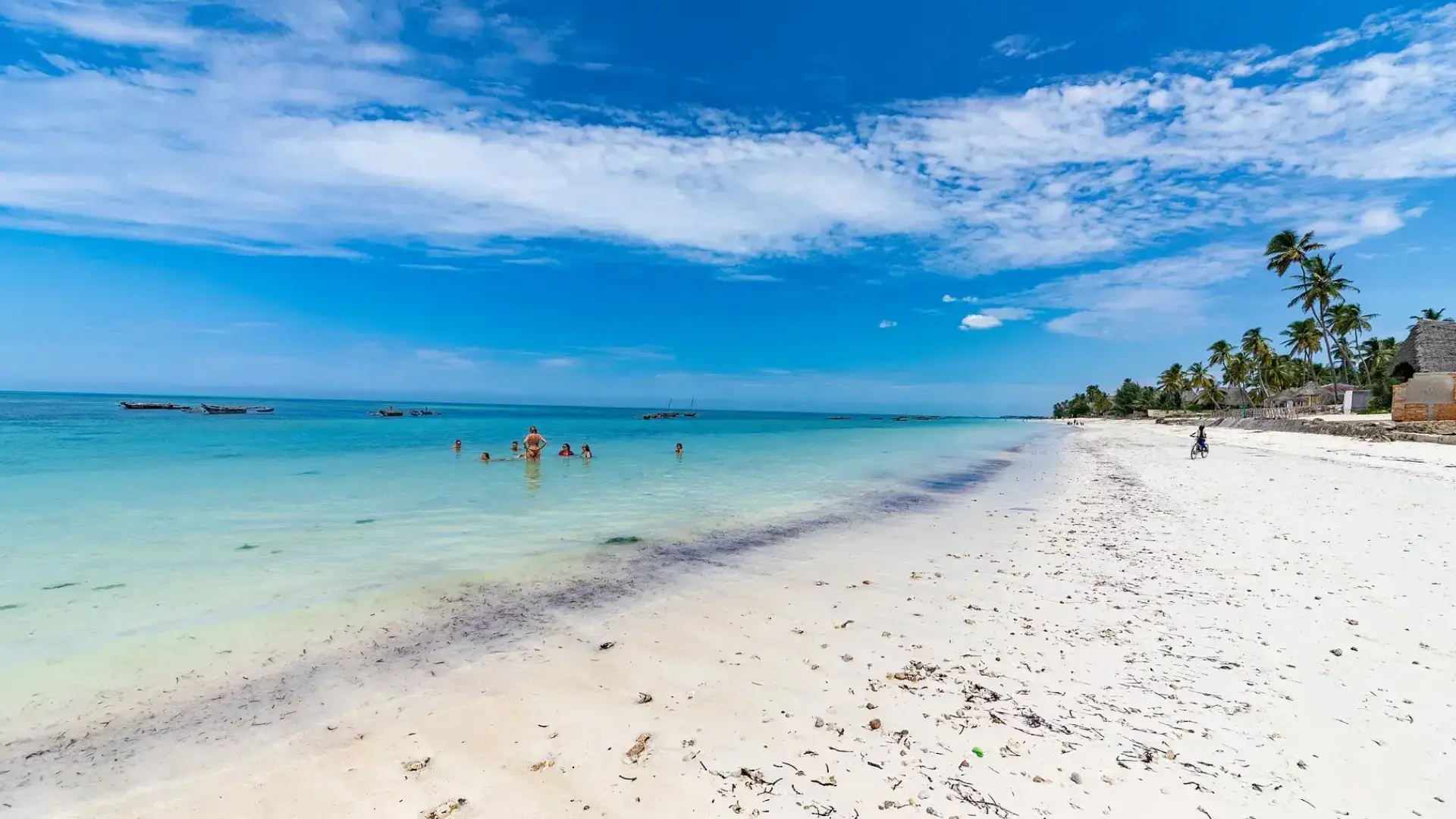When To Visit Tanzania
The Best Time to Visit Tanzania largely depends on the activities you plan to engage in and the regions you wish to explore. Generally, the dry season from June to October is ideal for wildlife viewing in national parks, as animals congregate around water sources.
Additionally, this period offers excellent weather for climbing Mount Kilimanjaro. The coastal areas are pleasant year-round for beachgoers, but the dry months are particularly enjoyable. The rainy seasons, from March to May and November to December, can make travel more challenging, yet they also bring lush landscapes and fewer tourists.
Tanzania is a stunning destination, full of exotic national parks and an abundance of wildlife. It is a seasonal destination, and the wildlife moves year-round, so being in the right place at the right time is key.
Tanzania Safari Seasons
Planning the perfect safari in Tanzania is all about timing, as each season offers a unique experience. Depending on when you visit, you’ll discover vibrant wildlife, breathtaking landscapes, and different weather conditions that shape the adventure. Let’s explore the best safari seasons in Tanzania:
June to October (Dry Season)
This is the prime time for safaris. Animals gather around waterholes, making wildlife easy to spot. It’s also when the famous wildebeest migration happens, especially in July and August. The weather is sunny, and the skies are clear, offering excellent visibility for game drives.
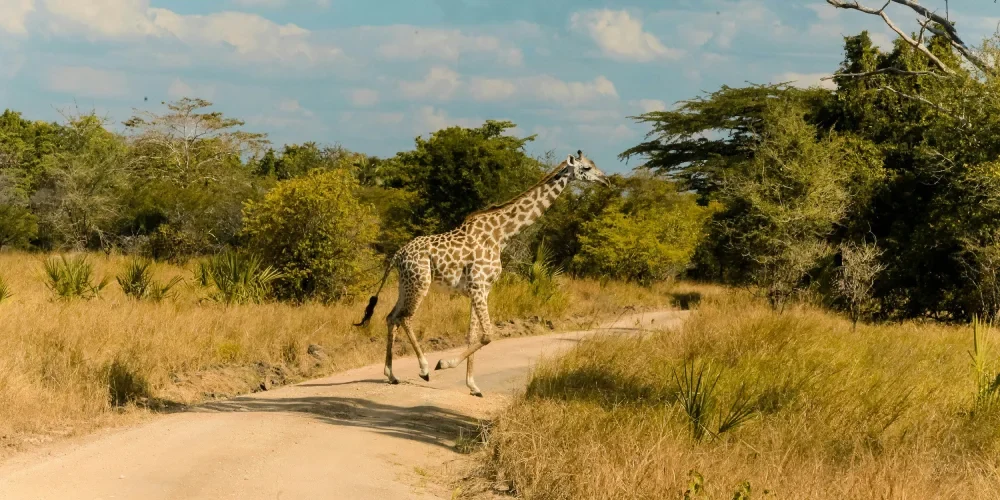
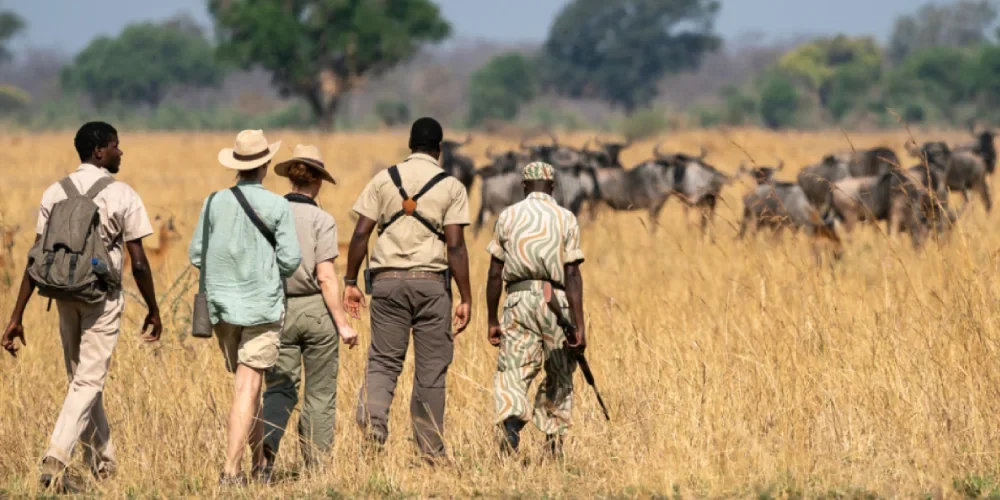
December to February (Dry Season)
This is another great period for Tanzania Safaris. The landscape is lush, and it’s calving season in the southern Serengeti. This attracts predators, making it an exciting time for wildlife enthusiasts.
March (Wet Season)
As the rains begin, the land turns green and vibrant. It’s perfect for bird-watching and offers a quieter safari experience with fewer crowds.
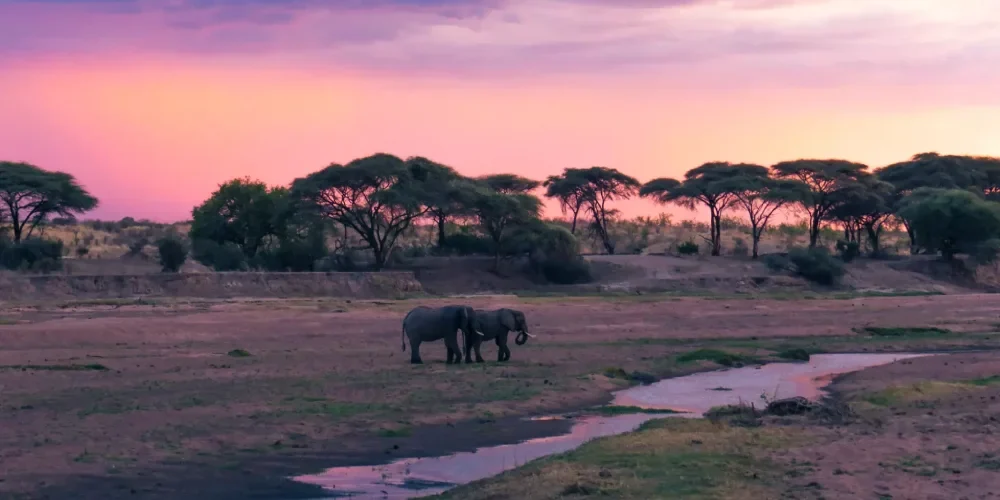
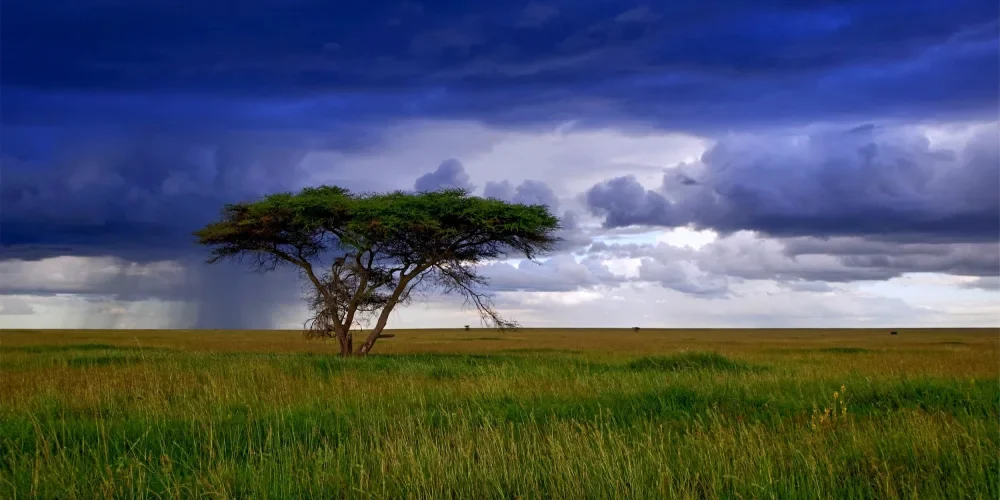
April to May (Wet Season)
Heavy rains make the scenery stunning and parks peaceful. While some roads might be tricky, this is the ideal time for budget travelers looking for serene landscapes and discounted rates.
November (Wet Season)
The short rains start, reviving the land with blooming flowers and greenery. Wildlife viewing is still good in the northern parks, and the crowds are smaller.
Tanzania offers once-in-a-lifetime safari experiences year-round. This stunning location never fails to provide something out of the ordinary, whether you’re in the mood for bright, sunny days or lush, verdant scenery.
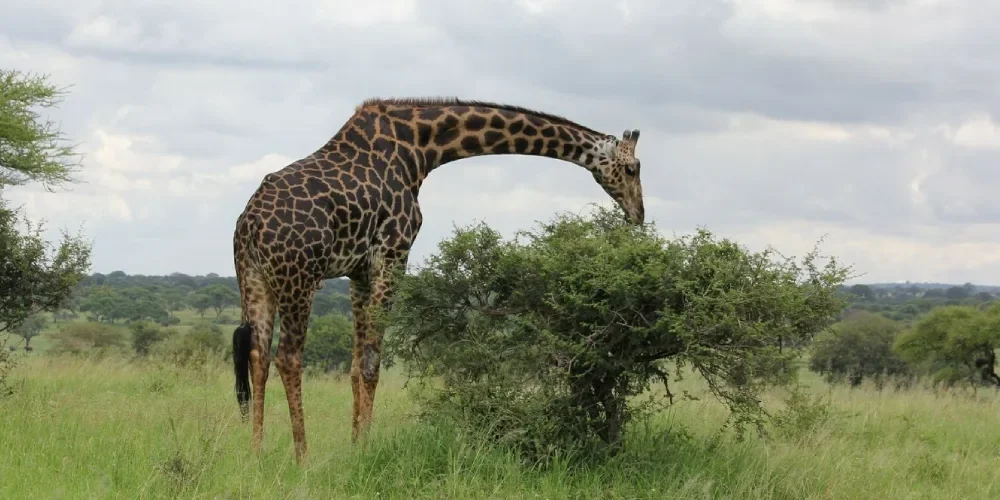
Traveling to Tanzania During the Dry Season
The dry season is considered the Best Time to Visit Tanzania, offering ideal conditions for safaris and outdoor adventures. This season is loved for its clear skies, pleasant temperatures, and unmatched wildlife viewing opportunities.
- Wildlife gathers around rivers and waterholes, making it easy to spot animals during game drives.
- The sunny, rain-free days with temperatures ranging from 25-27°C are perfect for exploring.
- The wildebeest migration, particularly the dramatic river crossings in July and August, is a highlight in the northern Serengeti.
- Fewer mosquitoes enhance comfort and safety during your trip.
- Better road conditions make safaris smoother and more accessible.
- Southern parks thrive during this time, and northern parks remain accessible year-round.
- Cool mornings and evenings provide a comfortable climate, especially for climbers tackling Mount Kilimanjaro.
- Clear blue skies add to the beauty of the landscapes and improve visibility for activities like photography.
While the dry season offers incredible advantages, it’s important to plan, as this popular time attracts more tourists and can lead to higher costs. Booking accommodations early ensures a hassle-free experience. Despite the crowds, the dry season guarantees an extraordinary Tanzanian adventure filled with unforgettable memories.
Traveling to Tanzania During the Wet Season
The wet season in Tanzania, also called the rainy season, brings a unique charm to the safari experience. This time of year transforms the landscapes into lush greenery, with blooming flowers and vibrant forests. It’s a quieter period with fewer visitors, offering a more personal and affordable adventure.
- The landscapes turn colorful and vibrant, with blooming flowers, green forests, and grasslands.
- Wildlife viewing in northern parks remains excellent throughout the year, even during the wet season.
- Bird enthusiasts can enjoy exceptional bird-watching opportunities, with many species visible.
- Animals appear healthy and in great condition, thanks to the abundant food and water.
- The parks are quieter, allowing for a more intimate safari experience with less crowding.
- Lower rates on accommodations and tours make it a budget-friendly option for travelers.
However, be prepared for some challenges during this time. Roads can become muddy and harder to navigate due to rainfall, and there’s a higher chance of encountering mosquitoes.
Afternoon showers might occasionally disrupt outdoor plans, so flexibility is key. Despite these minor drawbacks, the wet season offers an enchanting and peaceful way to experience Tanzania’s natural beauty.
An Exciting Safari Adventure Awaits You in Tanzania!
Behold the marvels of nature as you venture into the wilderness. The changing seasons in Tanzania provide an unparalleled opportunity to experience a wide range of landscapes, from raging rivers to tranquil savannahs.
Darajani Market Faqs
What is Darajani Market known for?
Darajani Market is the main market in Zanzibar, famous for fresh produce, spices, seafood, and local goods. It’s a hub of activity where locals shop for daily essentials.
Where is Darajani Market located?
Darajani Market is situated in Stone Town along Darajani Road, near landmarks like the Anglican Cathedral and Mnazi Mmoja Hospital.
What are the best times to visit Darajani Market?
The best times to visit are mornings (9:00 AM – 11:00 AM) for fresh food or evenings (5:00 PM – 6:30 PM) when the market is less crowded.
What can I buy at Darajani Market?
You can shop for spices, tropical fruits, vegetables, seafood, meat, vibrant kanga fabrics, souvenirs, and everyday essentials like tools and electronics.
Is Darajani Market suitable for tourists?
Yes, Darajani Market offers a unique cultural experience. Tourists can explore local food, buy souvenirs, and enjoy the vibrant atmosphere.
How do I reach Darajani Market in Stone Town?
The market is easily accessible on foot from Stone Town’s winding streets or by using a local map to navigate directly to Darajani Road.
Tanzania
Suggested
Packages
Explore our curated Tanzania safari packages designed to turn your dream African adventure into reality. Whether you’re chasing the Great Migration, exploring iconic national parks, or seeking a blend of wildlife and culture, we’ll craft the perfect safari experience just for you. Reach out today and let’s start planning unforgettable memories together!
Tanzania
Suggested Packages
Explore our curated Tanzania safari packages designed to turn your dream African adventure into reality. Whether you’re chasing the Great Migration, exploring iconic national parks, or seeking a blend of wildlife and culture, we’ll craft the perfect safari experience just for you. Reach out today and let’s start planning unforgettable memories together!
Reviews
From lion chases to lazy sunsets, our travelers spill stories that prove East Africa is wilder and warmer than imagined.
4.8
Based on 10+ reviews
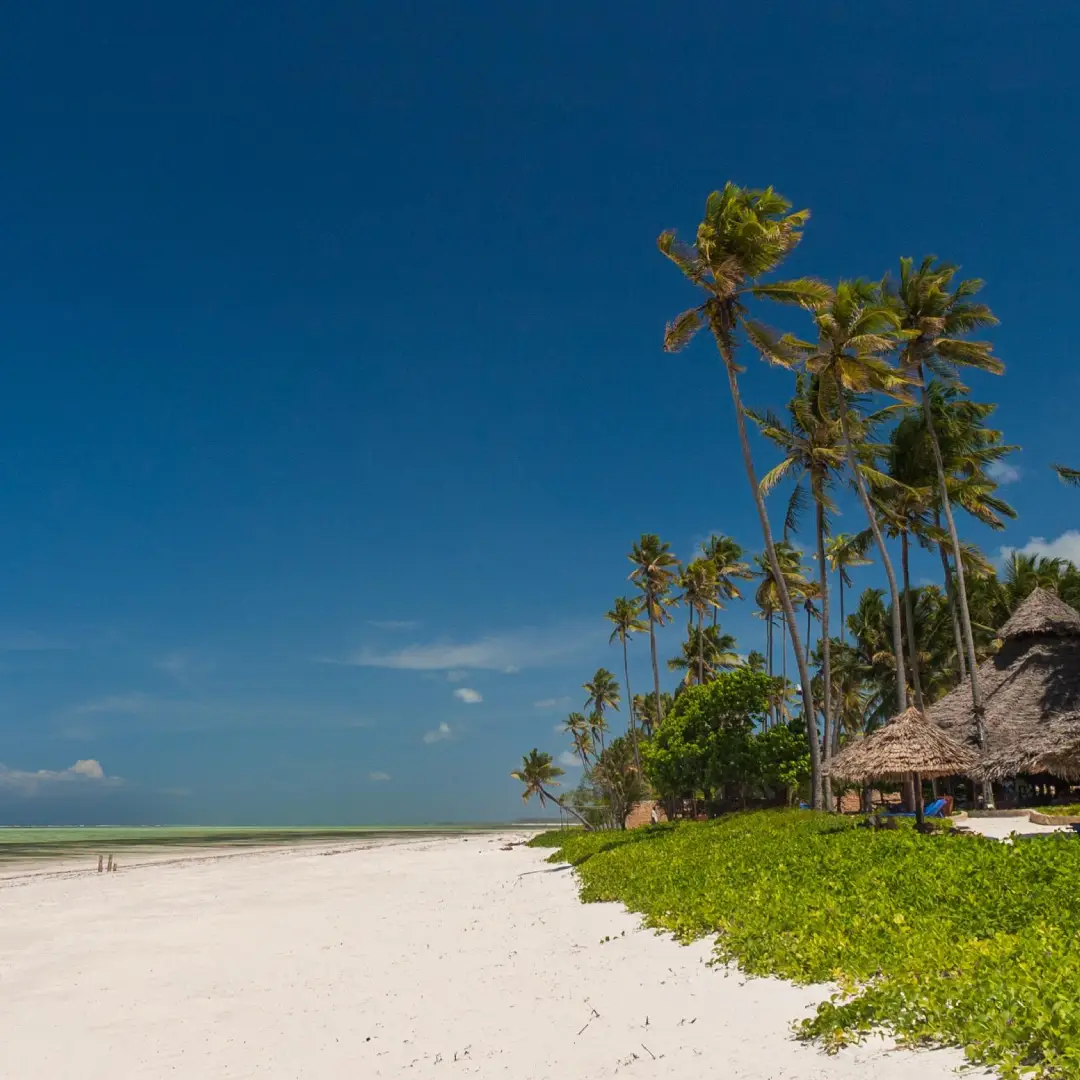
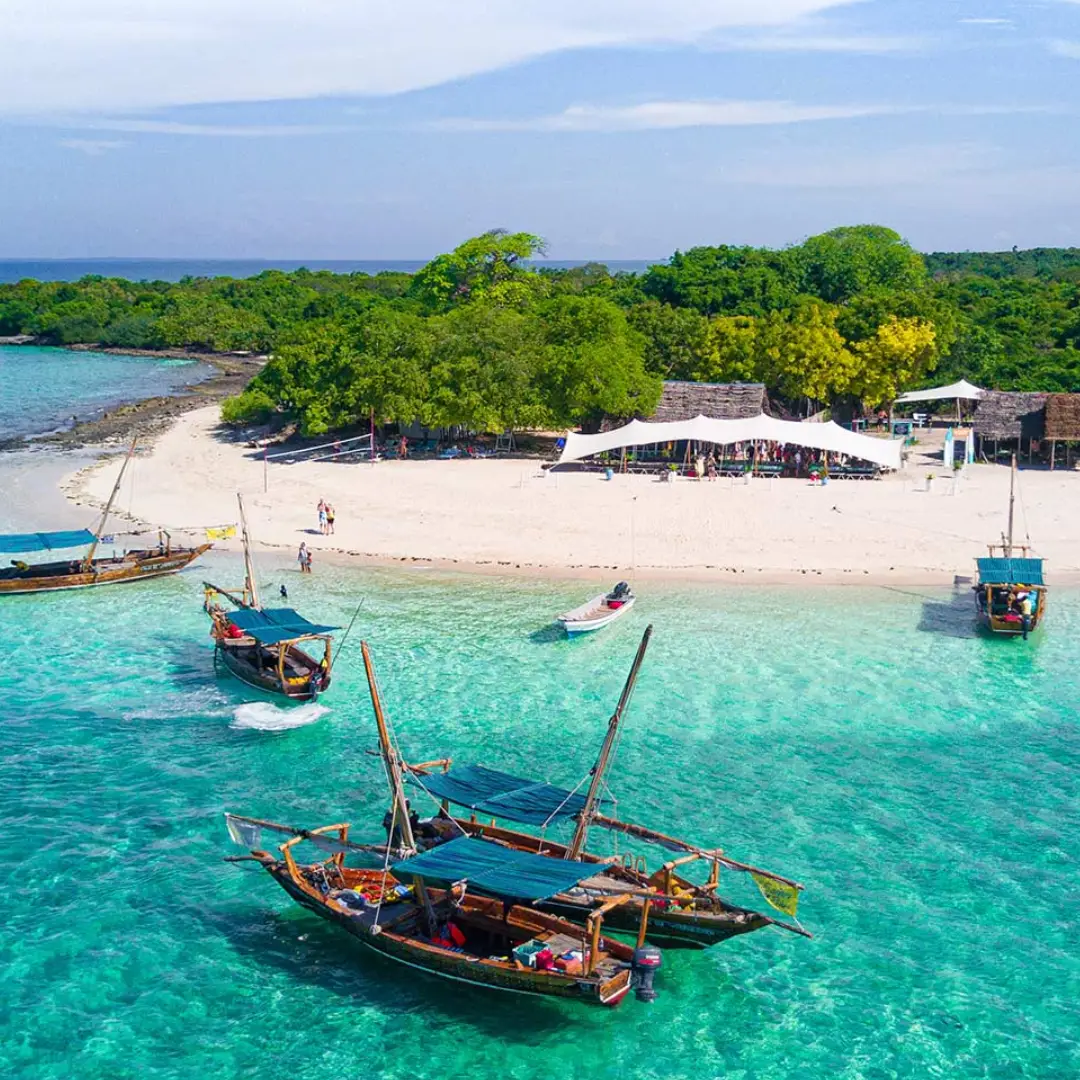
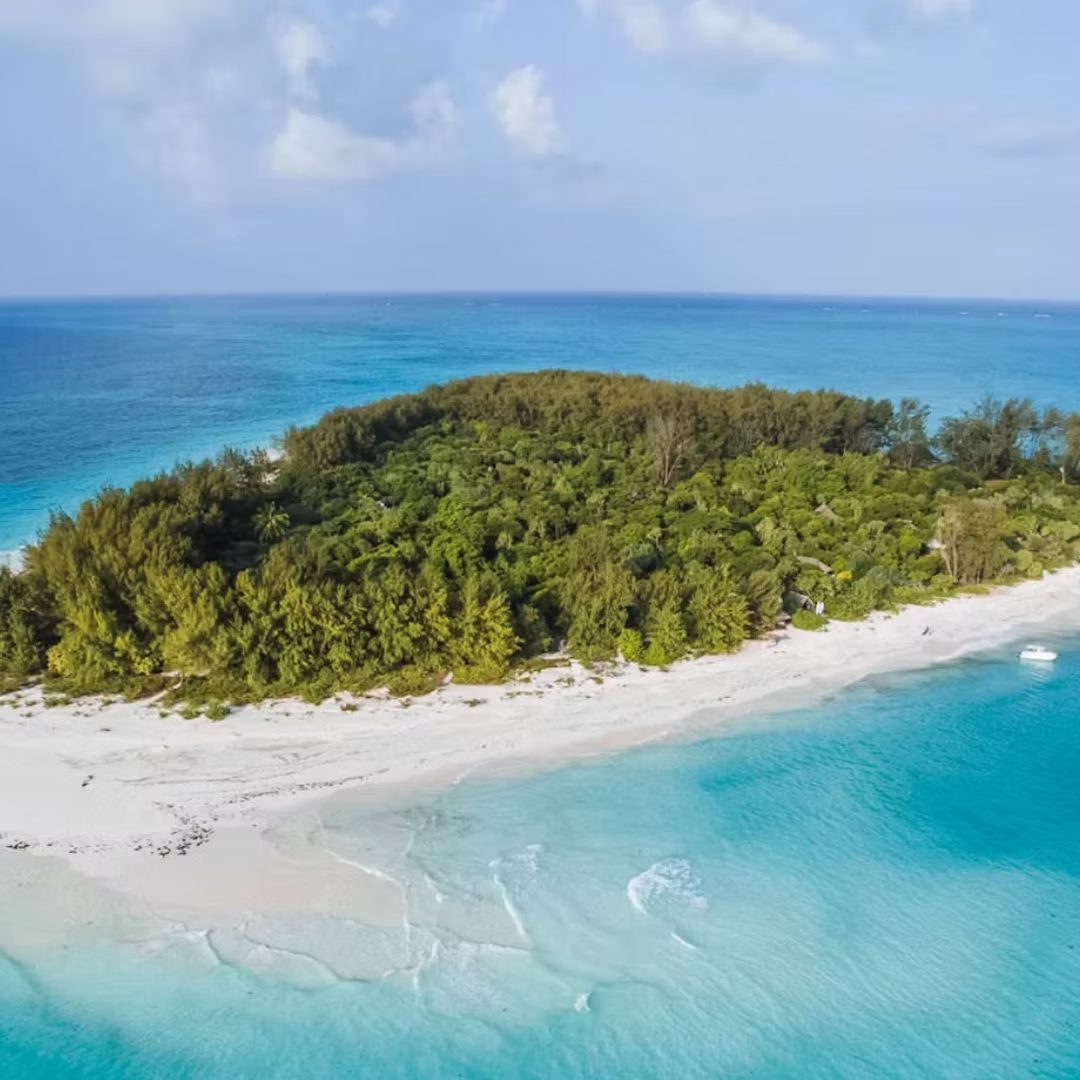
Tailor Your East African Travel Experience
Design a journey that fits your travel style—from safari thrills to beachside peace, cultural moments to gorilla treks. We shape each itinerary around what matters to you.
20
OVER 20 ACTIVITIES FOR ALL
about




